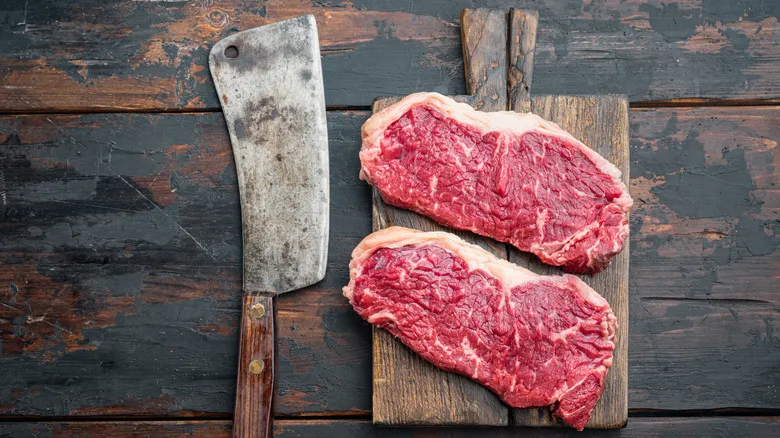What sets the cuts apart
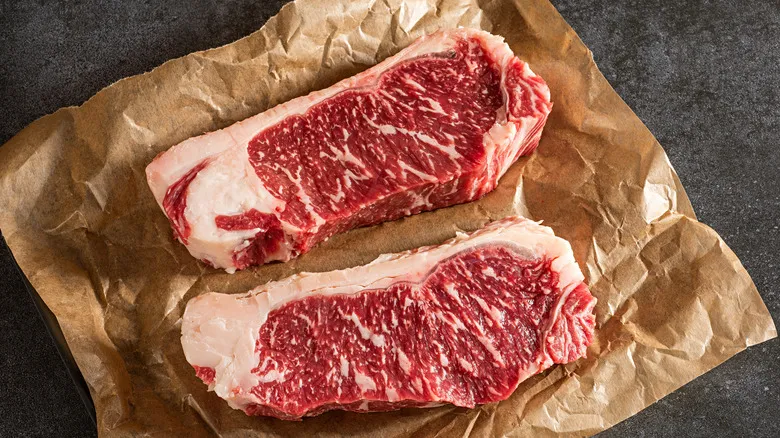
Due to their similarities, New York and Kansas City Strip steaks are best prepared using comparable cooking techniques. Both cuts come from a part of the cow that experiences minimal exercise, resulting in a more tender texture. This contrasts with tougher cuts like brisket, which require longer cooking times. Consequently, strip steaks are ideal for grilling or stovetop cooking—no need for slow cooking or braising!
Instead, you should choose a quicker cooking method at a higher temperature. Because these steaks have low fat content, they can become tough if cooked at lower temperatures or for extended periods, as there’s no fat to help maintain a tender texture. Techniques like pan searing or grilling work exceptionally well for these cuts, and you can also briefly place them in a very hot oven (around 450 degrees Fahrenheit). Aim for an internal temperature of 145 degrees Fahrenheit for a medium doneness. Remember to let the steaks rest before serving to ensure a juicier result.
A history of steaks
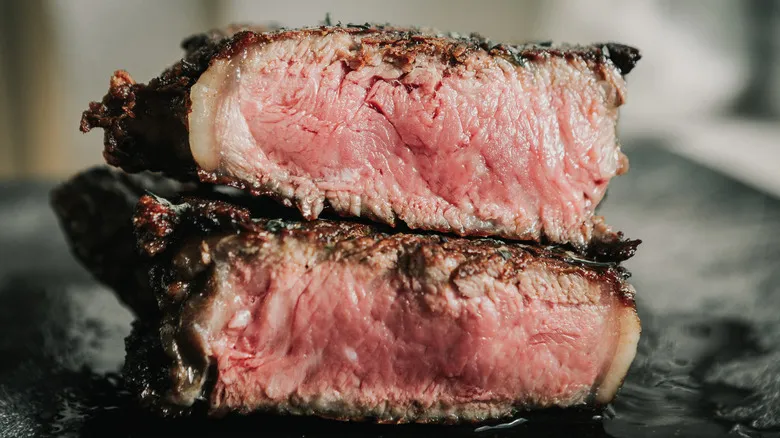
Although Kansas City and New York Strip steaks have names that suggest they come from different regions, they actually share a significant history linked to the renowned Delmonico's Steakhouse. This historic New York establishment, which opened its doors in 1837, is credited with introducing the culinary world to the Kansas City strip steak, which may have originally been referred to as Delmonico steak, as it was a signature dish on their menu. However, today, the KC strip and Delmonico steak are sourced from different parts of the cow. Delmonico steaks are cut from the rib section, while strips come from the short loin.
Similar to the Kansas City cut, the New York strip also has connections to Delmonico's Steakhouse. It is believed that the steak may have been created by the restaurant when the Delmonico brothers decided to cut and remove the bone from the strip at the request of customers, making it more visually appealing. The absence of the bone made the steak easier to eat, aligning it with fine dining standards. Regardless, both steaks have become staples in American cuisine and are excellent choices for any dinner menu.
Recommended

The Best Way To Fire Up Onions On The Grill
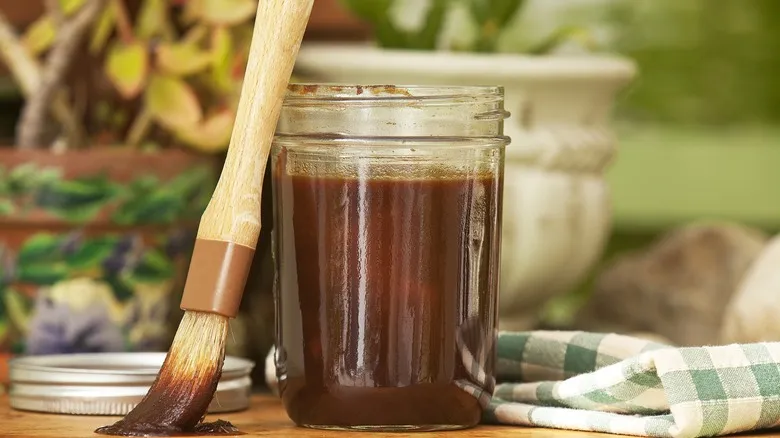
Instantly Improve Bottled BBQ Sauce With The Help Of This Pantry Staple
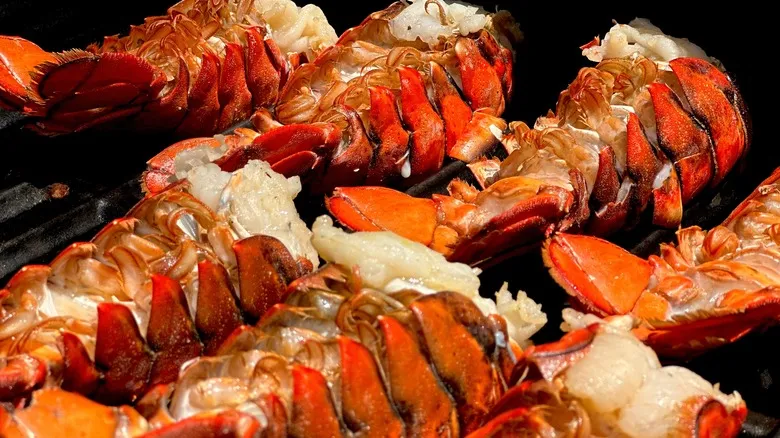
How To Prep Fresh Vs Frozen Lobster Tails For The Grill
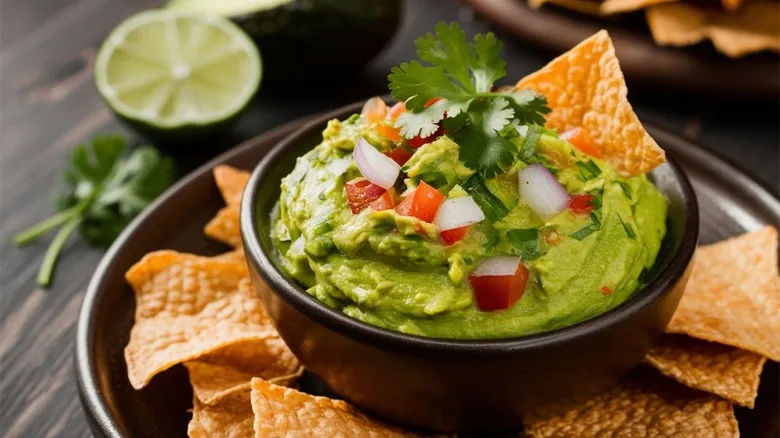
Give Guacamole A Major Flavor Upgrade With One Extra Step
Next up

